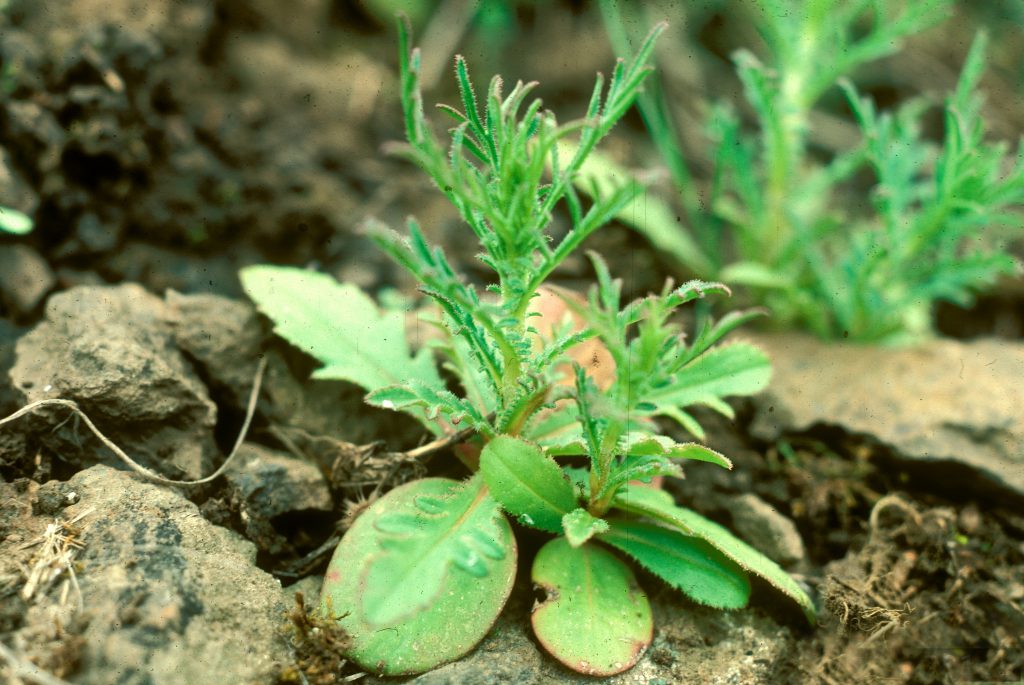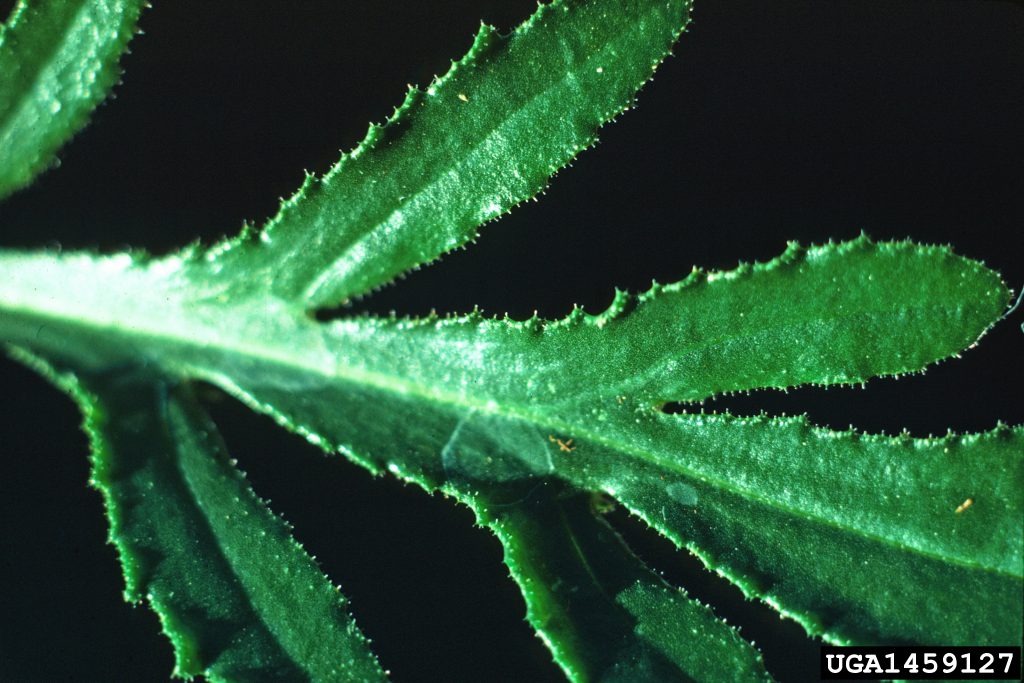Scientific name: Crupina vulgaris
What Is It?
Crupina (Crupina vulgaris) is an erect plant that grows to be one to three feet tall. It can grow in a wide range of conditions. Dense stands of common crupina can out-compete native plants and decrease food for livestock. It is native to southern Europe.
Is It Here Yet?
Yes, a single infestation of common crupina has been found in the Lake Chelan area. A different variety has been found in Idaho, Oregon, and California.
Why Should I Care?
Common crupina can be highly competitive, dominating sites and reducing biodiversity. It also can increase the risk of soil erosion. Spines on the plant’s stem and leaves cannot be eaten by livestock. When common crupina forms dense stands in pastures, the land becomes unsuitable for livestock grazing.
How Do We Stop It?
Clean vehicles, equipment, personal gear, and animals that have traveled through known infested areas. Common crupina is on Washington’s Terrestrial Noxious Weed Seed and Plant Quarantine list, meaning it is prohibited to transport, buy, sell, offer for sale, or distribute common crupina plants, plant parts, or seeds. Common crupina is listed as a Class A noxious weed in Washington. This means that immediate eradication is required through hand-pulling or hoeing. Importation and interstate transport of common crupina is further regulated on a federal level by the U.S. Department of Agriculture.
What Are Its Characteristics?
- Upright plants growing 1-3 feet tall. They often overwinter as a rosette, with leaves arranged in a circular pattern near the ground.
- The first leaves that emerge from the seed are large, thick, shiny, and dark green. They have an obvious line in the middle that may turn purple to red.
- Leaves alternate up the stem. They are finely divided into lacey-like leaflets. Leaves and stems are covered in short, stiff spines.
- The plant may have up to 40 lavender to purple flowerheads, each about ½ inch long.
Additional Photographs





